-
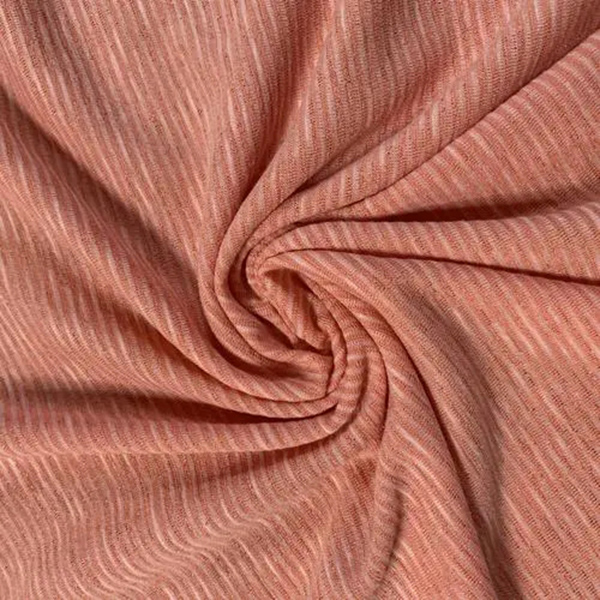
Commonly Used Knowledge of Clothing Fabric Three
Blending Blending is the fabric that is blended with natural fiber and chemical fiber in a certain proportion. It can be used to make various kinds of garments. It has the advantages of cotton, flax, silk, wool and chemical fibers, and also avoids each of their disadvantages. Also it is relativel...Read more -
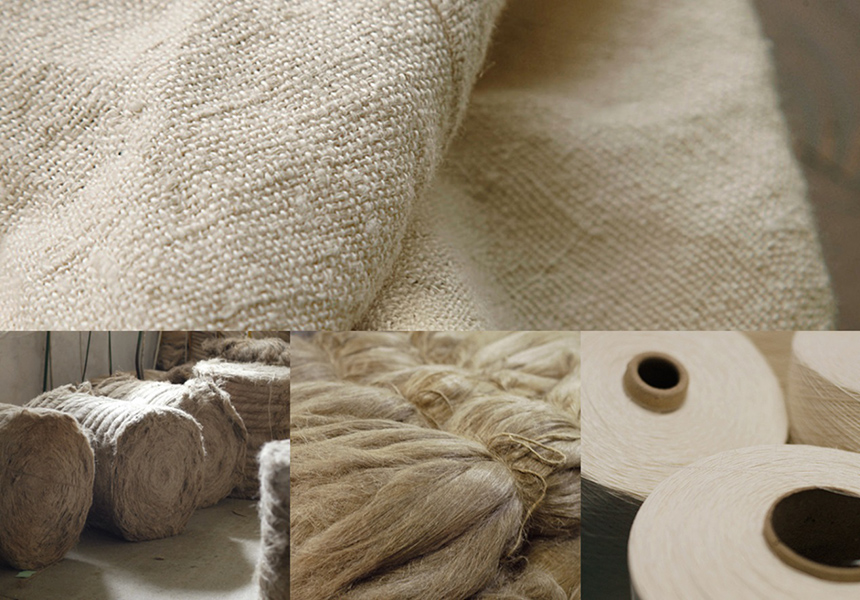
Commonly Used Knowledge of Clothing Fabric Two
Cotton Cotton is a general term for all kinds of cotton textiles. It is mainly used to make fashion clothes, casual wear, underwear and shirts. It is warm, soft and close-fitting and has good moisture absorption and air permeability. But it is easy to shrink and crease, which makes it not very st...Read more -
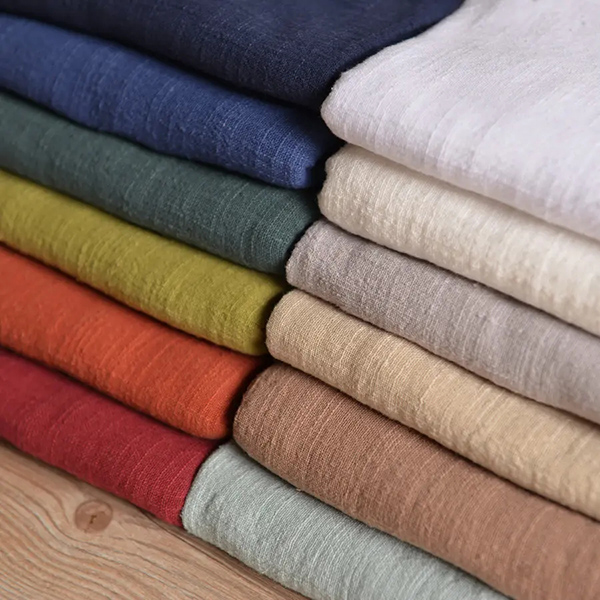
Commonly Used Knowledge of Clothing Fabric One
Clothing fabric is one the three elements of clothing. Fabric can not only be used to describe the style and characteristics of clothing, but can also directly affect the color and modeling of clothing. Soft Fabric Generally, soft fabric is light and thin with good drapability and smooth moldin...Read more -
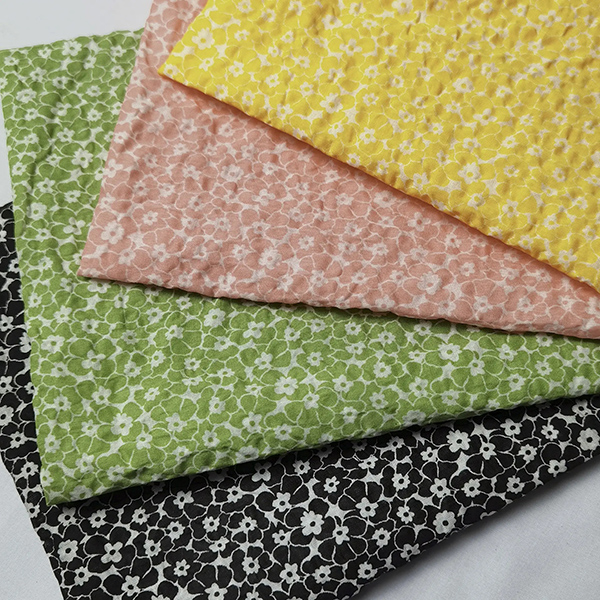
What Is Salt Shrinking?
Salt shrinking is mainly applied in textile processing, which is a finishing method. Definition of Salt Shrinking When treated in hot concentrated solution of neutral salts such as calcium nitrate and calcium chloride, etc., there will occur the phenomenon of swelling and shrinkage. Salt Shrin...Read more -

The Terms Commonly Used in Textile Fabric Style
1.Stiffness When you touch the fabric, it is stiff hand feeling, such as the handle of high-density fabric made of elastic fiber and yarns. To impart fabric stiffness, we can choose coarse fiber to increase fiber modulus and improve yarn tightness and weaving density. 2.Softness It is the soft,...Read more -

Parameters of Yarn
1.The thickness of yarn The common method to express the thickness of yarn is the count, number and denier. The conversion coefficient of count and number is 590.5. For example, cotton of 32 counts is showed as C32S. Polyester of 150 deniers is showed as T150D. 2.The shape of yarn Is it single ...Read more -
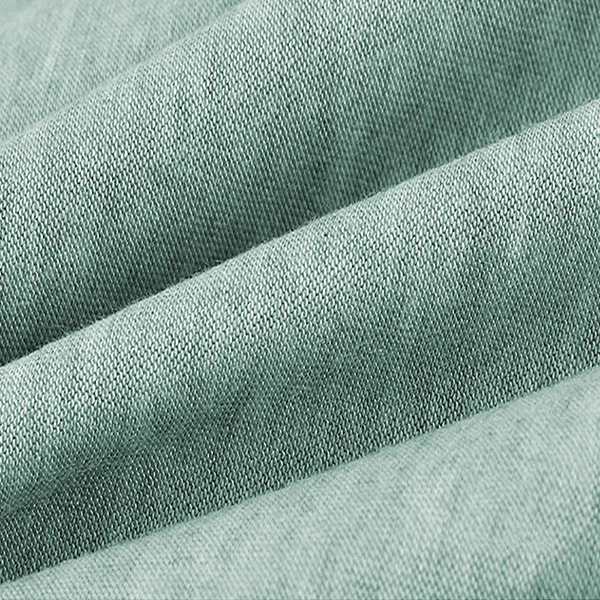
Alginate Fiber —- One of Bio-based Chemical Fibers
Alginate fiber is an eco-friendly, nontoxic, flame retardant and degradable biotic regenerated fiber with good biocompatibility and rich source of raw material. Properties of Alginate Fiber 1.Physical property: Pure alginate fiber is white. Its surface is smooth and glossy. It has soft handle. T...Read more -
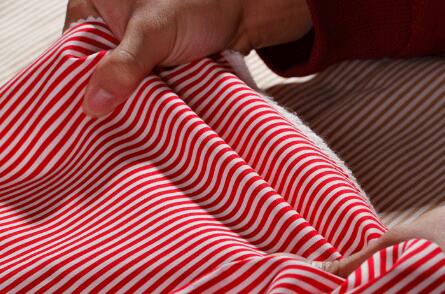
The Dimensional Stability to Washing of Textiles & Garments
The dimensional stability to washing will directly influences the stability of clothing shape and beauty of clothing, thus influences the use and wearing effect of garments. Dimensional stability to washing is an important quality index of garments. Definition of Dimensional Stability to Washin...Read more -
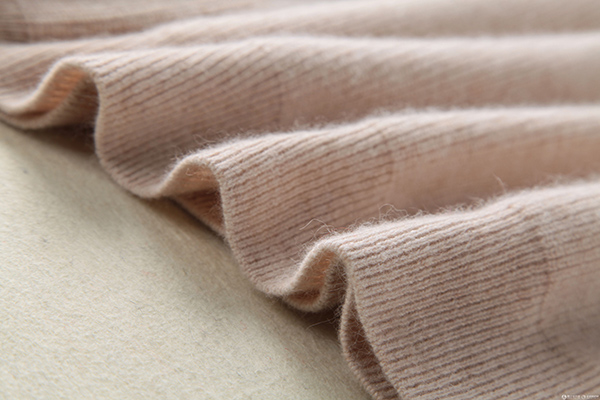
The Material of Sweater
The composition of sweater is divided into: pure cotton, chemical fiber, wool and cashmere. Cotton Sweater Cotton sweater is soft and warm. It has better moisture absorption and softness, of which the moisture content is 8~10%. Cotton is a poor conductor of heat and electricity, which will not ...Read more -
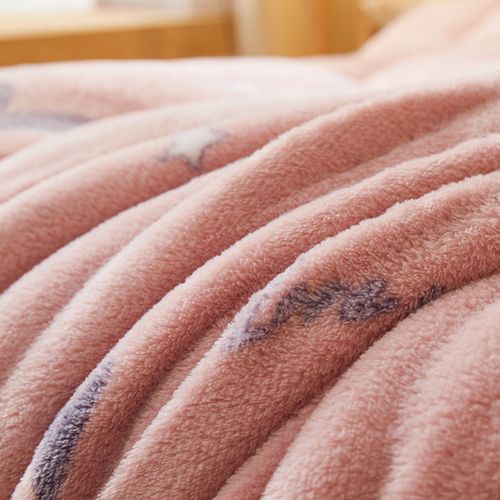
What Is Snowflake Velvet?
Snowflake velvet is also called snow velvet, cashmere and Orlon, etc., which is soft, light, warm, corrosion-resistant and light-resistant. It is made by wet spinning or dry spinning. It is short-staple like wool. Its density is smaller than that of wool, which is called artificial wool. It is d...Read more -
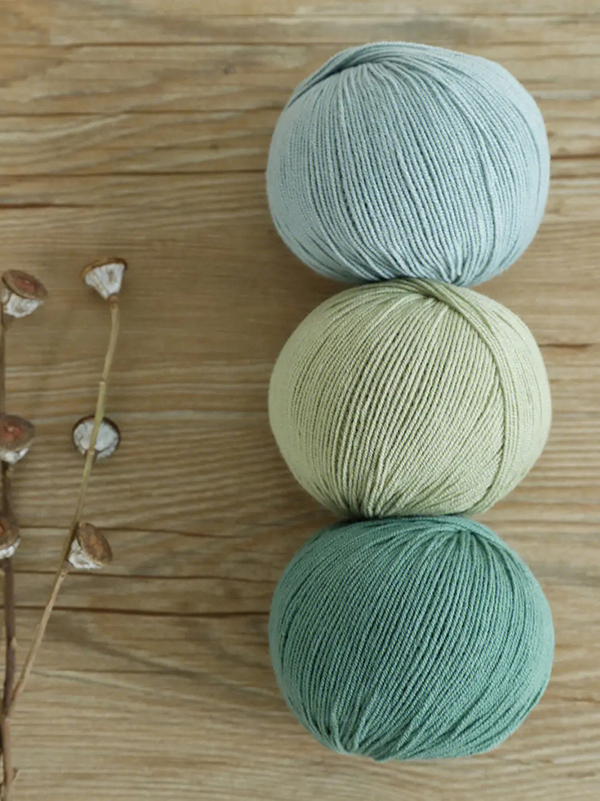
Do You Know What Basolan Wool Is?
Do you know what Basolan wool is? It is very interesting that Basolan is not the name of a sheep, but is a process for treating wool. It is made of high-count merino wool and processed by German BASF technology. It is to passivate the wool cuticle and eliminate the itchiness of wool cuticle, whic...Read more -
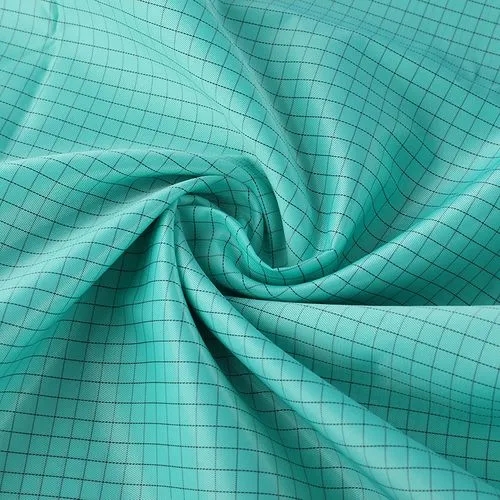
The Antistatic Technology of Fabric
The Principle of Antistatic Electricity It is to treat fiber surface by antistatic treatment to reduce electrical charge and accelerate charge leakage or neutralize the generated static charge. Influencing Factors 1.Moisture absorption of fiber Fiber with better hydrophilicity will absorb more ...Read more













